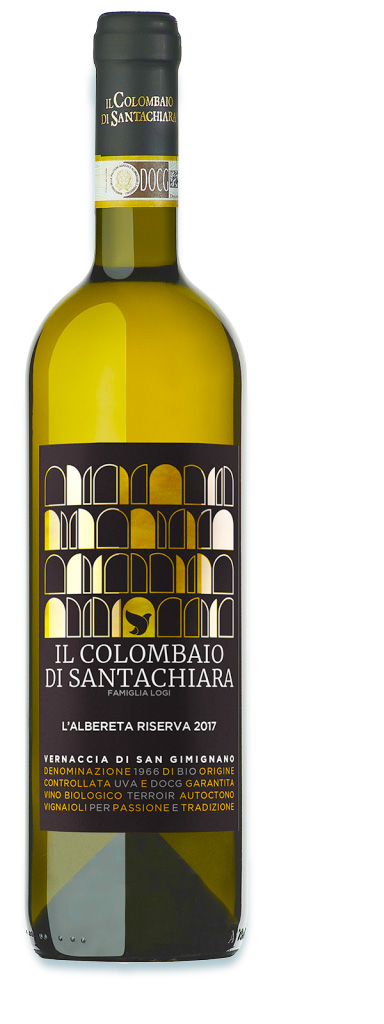
L’Albereta Riserva – Vernaccia di San Gimignao
Vernaccia from San Gimignano has a long history, and since the Renaissance period has been considered one of Italy’s oldest and most noble wines. Its fame has no doubt been strongly connected to its region of origin, San Gimignano – an ancient Tuscan town famed for its medieval towers.
The Vernaccia wine grape is mentioned as early as 1276 in San Gimignano’s records and in Dante’s Divine Comedy. Its name is thought to originate from the word vernaculum, which means ‘of the place’ and is the etymological root of the English word ‘vernacular’. As might be expected, in light of this fact, there are several grape varieties known as ‘Vernaccia’, which just happened to be the local grape variety used in their respective regions. Although there are several other Vernaccias in the country, such as in Marche and Sardinia, Vernaccia di San Gimignano is unique to this area in Tuscany. It was a wine considered to be fit for a king; Pope Martin IV was said to be especially partial to eels cooked in Vernaccia.
Appelation: Vernaccia di San Gimignano DOCG
Type: white, dry
Varietal: 100% Vernaccia

